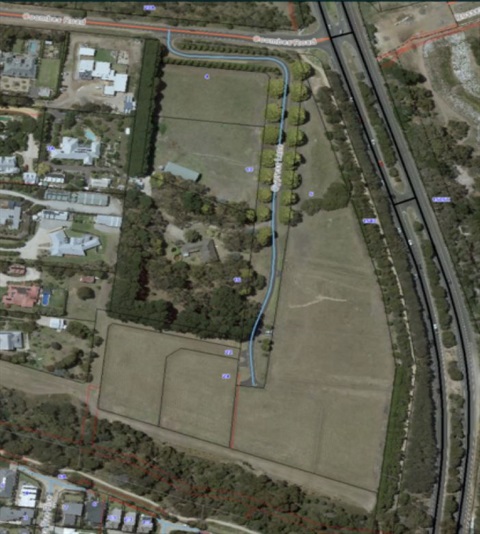
There’s one group of Yarra residents that can legitimately be called ‘fly-by-night’: Grey-headed flying foxes.
These native megabats (big bats) have their camp in Yarra Bend Park with colony numbers rising to around 35,000 in summer and down to as low as 1,000 in winter. Like their human counterpart “grey nomads” the bats trend northwards when it gets cold and come back again when it warms up – they also camp in the best places and love to chat.
Grey-headed flying foxes have inhabited Australia’s east and south for around two million years and are revered by the local Wurundjeri people in the form of Balayang brother to totemic ancestor Bunjil the Eaglehawk.
The City of Yarra is playing a direct physical role in the preservation of this Federal and State listed threatened bat species. The Grey-headed flying fox are thought to have declined nationally by at least ninety-five percent since 1900. Once found as far north as Cape York the bats’ range is now mostly Brisbane to Adelaide. The importance of well-protected camps like Yarra Bend Park is increasing as the bats and other wildlife are impacted by climate change, extreme weather events and deforestation.
Megan Davidson, Secretary of Friends of Bats and Bushcare Inc* and CEO of Wildlife Victoria said,
“Flying foxes are critical pollinators and seed dispersal agents for over 100 species of native trees so their conservation is ecologically important… they carry more viable pollen, a greater distance, than any other vertebrate animal… Birds, bats, bees and insects; we need all our pollinators.”
Established and run by the volunteers of Friends of Bats & Bushcare Inc. (FOBB), since 2003 the City of Yarra hosts Victoria’s only soft release facility that returns over 100 orphaned and injured flying foxes (and birds) to the wild each year. In addition, FOBB volunteers plant over 1000 trees every year and undertake weekly bush-care work in Yarra Bend Park to aid in its maintenance for the welfare of all its native species. Several thousand people, many from overseas, visit the facility each year to see our batty friends at Bellbird Picnic Reserve in Yarra Bend Park.
Parks Victoria’s Flying-fox project officer Stephen Brend says,
“Working with the flying foxes is a unique opportunity. Having them in Yarra Bend Park is a great example of urban conservation in action… I hope our new interpretive signage helps the public better understand these very special animals and why it’s important to protect them”.
How can you help?
The public can assist these ancient Aussie-battlers by retaining and planting native trees and by refraining from using netting on their backyard fruit trees. If you do net fruit trees make sure it is wildlife safe – make sure you can’t poke your little finger through it and anchor it tightly. Netting only part of your tree with fruit socks is a good alternative. Netting entanglements kill and injure more flying foxes than any other urban cause of death – around 300 each year in Melbourne alone.
FOBB president Lawrence Pope Said,
“The bats are getting hammered by climate change and their future is uncertain, but it’s a great privilege to help this intelligent and beautiful species. Come Spring several thousand bat girls will arrive in Melbourne heavily pregnant with their single pup so they really need a lot to eat. Letting them night-breakfast on your fruit tree keeps them alive as they give birth and raise their batty young over several months. It is a joy to see a new generation of Fly-by-nights grace our city’s evening sky. City of Yarra – thank you!”







